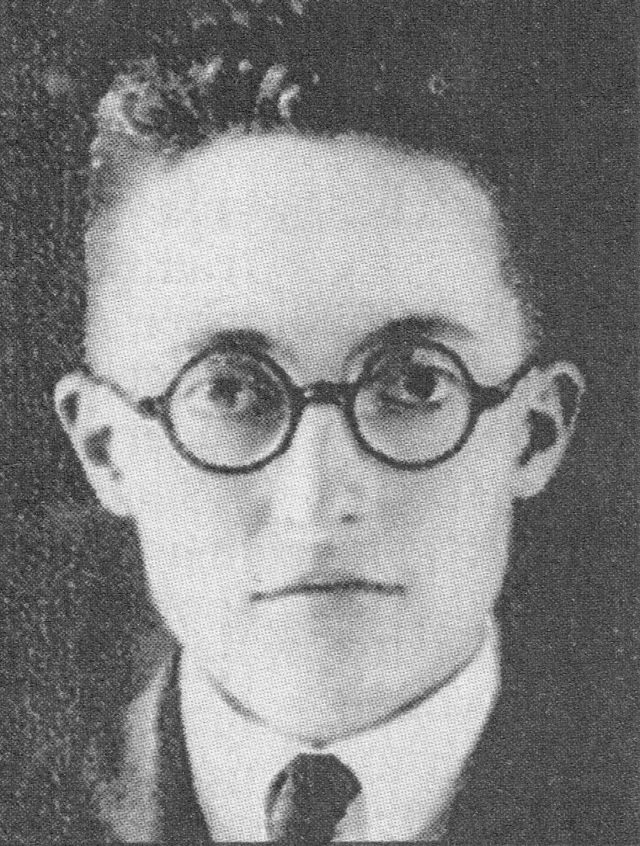Born in 1891, This Transgender Oregonian Was a Man ahead of His Time

Alan Hart
According to a recent estimate, about 20,000 transgender adults live in Oregon today. A century ago? Not so many. But not zero. In 1917, one of America’s first gender-affirmation surgeries took place at what is now Oregon Health & Science University. And perhaps most surprisingly, the surgery—a hysterectomy—might be the least interesting way its patient’s life foretold the future.
Alan L. Hart was assigned female gender at birth, in the early 1890s. Throughout his upbringing around Albany, Oregon, he “always regarded herself as a boy, and thought she would be a boy if only the family would cut her hair and let her wear trousers.” (That’s according to a 1920 report by J. Allen Gilbert, one of Hart’s OHSU docs, using language we now recognize as misgendering.) After Hart’s father died, Hart insisted on sitting on the “man’s” side of the buggy, even though his community still considered him a girl.
In college, Hart publicly identified as female, but routinely paired his skirts with men’s coats, ties, and hats, and often passed as a man in public. This led to a number of paradoxical situations in which Hart would visit, say, the YWCA, only to be ejected by people disturbed by the presence of a man.
Shortly after graduating from OHSU—with top honors, the only “woman” in the program—Hart persuaded a doctor to remove his uterus—a common enough surgery, except for Hart it represented a medical transition from female to male, one of the first such instances in the US. Hart cut his hair, donned trousers (at last!), and legally changed his name to Alan. Within a year, Hart was married and planning to take over a rural Oregon medical practice.
Hart ultimately became an expert in tubercular radiology, pioneering new ways to detect tuberculosis. He also published four progressive novels that drew on his medical background; his first, Doctor Mallory, was reviewed by the New York Times and would be named one of the state’s most significant books by the Oregon Cultural Heritage Commission. Meanwhile, he practiced medicine for the rest of his life, despite being outed (and thus compelled to move) several times over the years. He divorced, but remarried.
Same-sex marriage was illegal then, of course. So was “cross-dressing.” Hart took care to avoid being outed in places he practiced medicine. But he did come out publicly in his hometown of Albany. “I had to do it,” Hart said of his transition in a 1918 interview with the Albany Daily Democrat. “I have been happier since I made this change than I ever have in my life, and I will continue this way as long as I live.” Hart died in 1962.
We tend to think of trans identity as a relatively new political and social development—and even in recent decades, biographers have described Hart as a lesbian pioneer, rather than as a trans man. But the editors at the Democrat made no such mistake. Through the 1918 article, Hart is referred to as “he”; the subheadline reads “Real identity discovered and proof held; truth beyond question.” Sometimes history runs ahead of the present.




